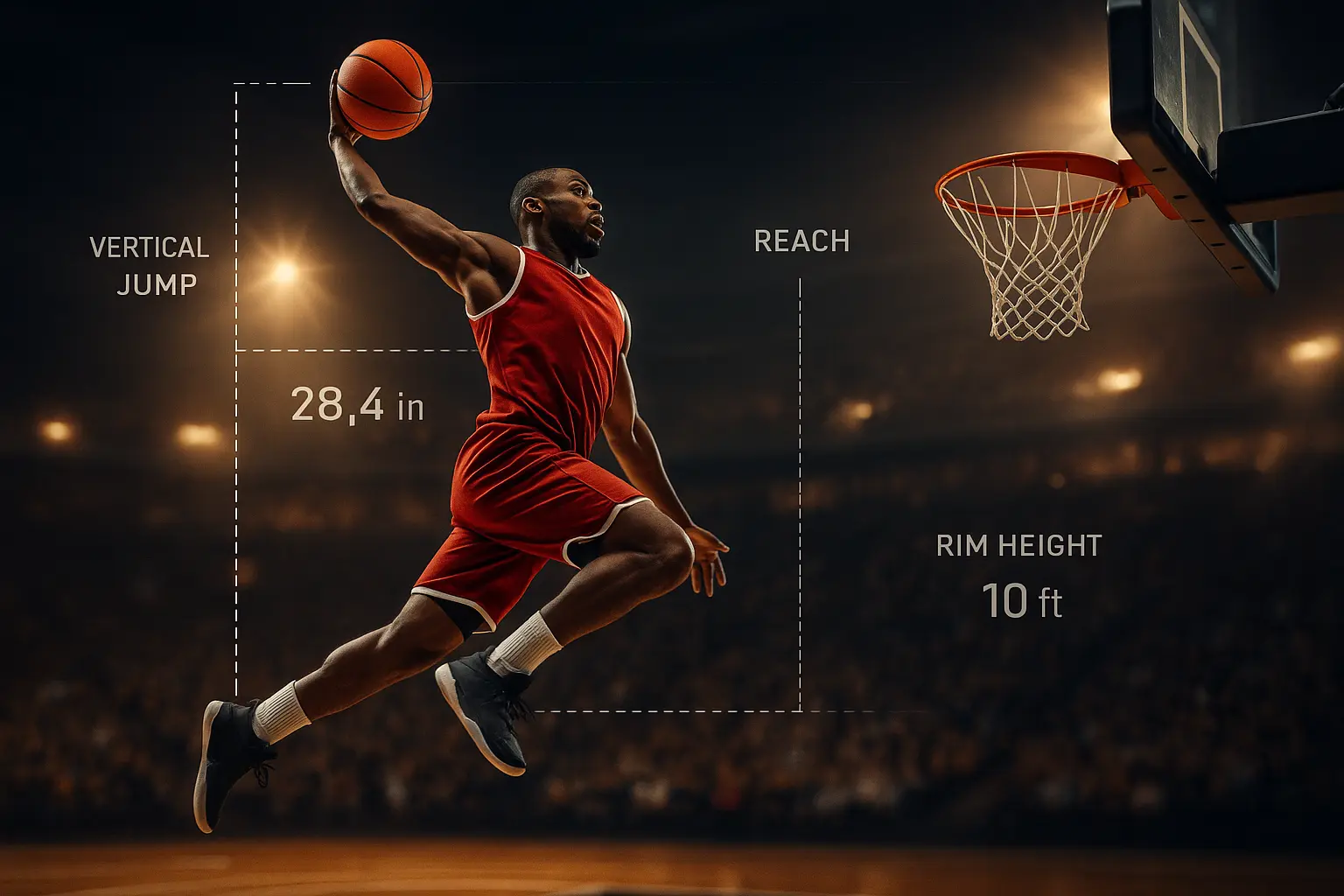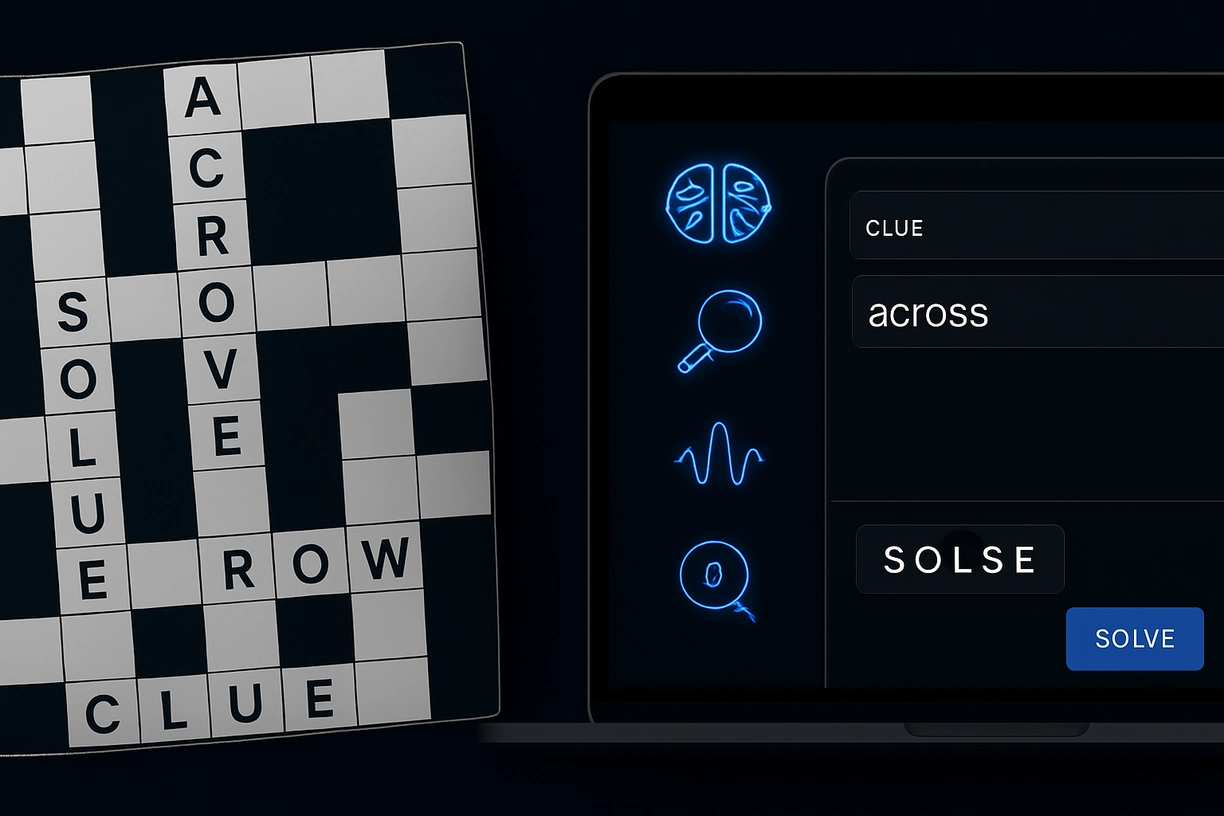I still remember the night an old coach slipped me a rumpled print-out labelled “dunk calculator.” I was a 5 ft 11-in guard who could barely brush the rim, and every missed attempt felt like a public reminder that my hops weren’t good enough. The calculator changed everything. Suddenly I had numbers real, unforgiving, motivating numbers, and within three months I was hammering down one-hand jams in rec-league games. If you’ve ever wondered whether you’re close to dunking or just chasing smoke, the dunk calculator is the fastest way to find out.
What Is a Dunk Calculator?
Think of a dunk calculator as a friend who does the hard math for you. Feed it three facts your barefoot height, your standing reach, and your current vertical jump, and it spits out a single outcome: clear the rim or miss it. It works because the sum of those three numbers has to exceed the standard ten-foot (120-inch) rim. If you fall short, the gap tells you exactly how many inches you must add to your vertical. No guessing, no wishful thinking, just clarity.
According to the official NBA Draft Combine Data, vertical jump measurements are the gold standard for evaluating athletic explosiveness.
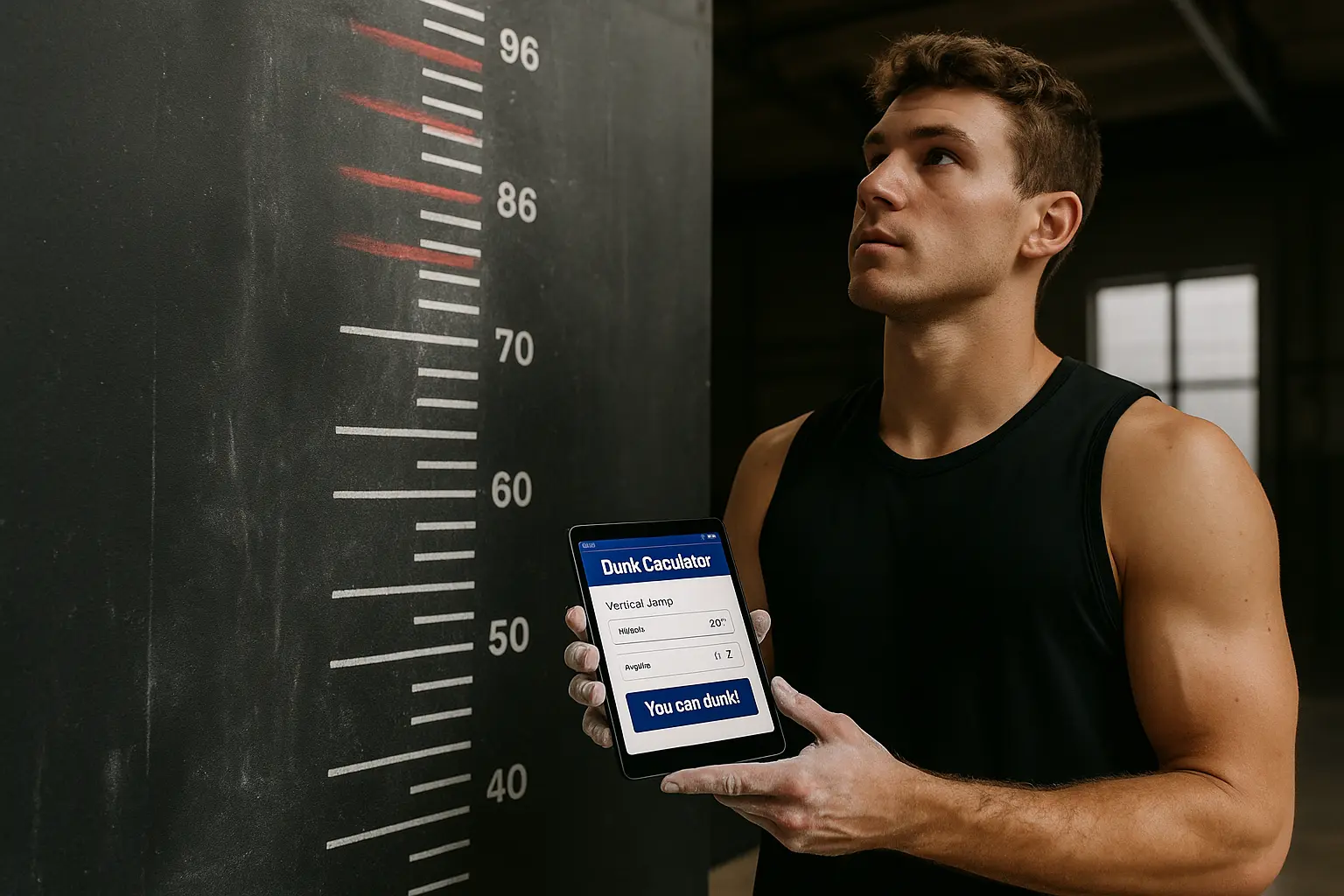
5 Reasons a Dunk Calculator Gives You a Competitive Edge
1. Instant Truth About Your Jump Goals
Most players rely on feel “I almost grabbed the net today, so I’m close.” The calculator removes that fog by translating reach and jump height into a precise clearance number. Seeing you’re two inches shy is far more actionable than the vague sense you’re “nearly there.” It turns ambition into a measurable target and clears the mental clutter that slows improvement.
2. Personalized Benchmarks That Respect Your Wingspan
Two athletes can share the same vertical yet face wildly different dunk gaps because their arms differ in length. By folding your standing reach into the equation, the calculator tailors the goal to your own physiology. Instead of chasing someone else’s milestone, you chase one crafted for your body, making each workout more relevant and efficient.
3. A Built-In Motivation Loop
Progress stalls whenever you can’t see it. Log your numbers every second Friday, watch the clearance increase, and you’ll experience a dopamine hit stronger than any caffeine boost. Even a half-inch gain feels thrilling when the calculator redraws the progress bar. That regular dose of visible success keeps you eager for the next session instead of dreading it.
4. Smarter, Safer Load Management
Jump training is rough on joints. The calculator’s data alerts you when improvement plateaus, signalling that your legs need recovery rather than more plyometrics. Pushing through fatigue often causes knee or Achilles pain; adjusting volume based on real numbers lets you stay healthy while still chasing explosive power.
5. Height-Neutral Goal-Setting
Shorter players often assume dunking is out of reach. The calculator proves otherwise by showing exactly how much vertical a 5 ft 9-in guard needs compared with a 6 ft 4-in forward. Once you see the inches rather than the stereotype, dunking transforms from impossible dream into a clear, if ambitious, plan.
How to Use the Dunk Calculator in Your Weekly Routine
Below is the routine I still follow each month. Swap in your own schedule, but keep the order, accuracy matters more than fancy gear.
- Measure Height (Monday Morning)
Stand barefoot against a wall, place a book on your head, and have a friend mark the spot. Record it once; you won’t grow overnight. - Capture Standing Reach (Monday Morning, Right After Height)
Dust your fingertips with chalk, stand tall, and tap the wall. Do three taps and average the top two. This number sets your launch platform. - Test Standing Vertical (Wednesday Afternoon)
From a dead stop, leap and touch the marked wall. Film the jump in slow motion to confirm full hip extension. Subtract standing reach from touch height to find standing vertical. - Test Running Vertical (Friday Afternoon)
Take two controlled steps, explode upward, and touch the wall again. Use the higher of standing or running vertical when you enter data, most dunks use a short run-up. - Feed the Dunk Calculator (Friday Evening)
Open the tool on Writxpro, input height, reach, and vertical, then press Calculate. The readout will declare “Clear Rim by X inches” or “Need Y inches.” - Analyze and Adjust (Saturday)
If the gap is two inches or fewer, increase depth jumps and low-rep high-bar squats. A gap of three to five inches calls for a blend of strength work trap-bar deadlifts, and moderate plyometrics. Anything larger needs a strength foundation first: think hip thrusts, heavy lunges, and strict nutrition to trim excess body weight. - Plan Next Block (Sunday Evening)
Enter the week’s data into a spreadsheet, note sleep quality and soreness, and tweak exercise volume accordingly. Schedule the next test two weeks out bi-weekly checks balance feedback and recovery.
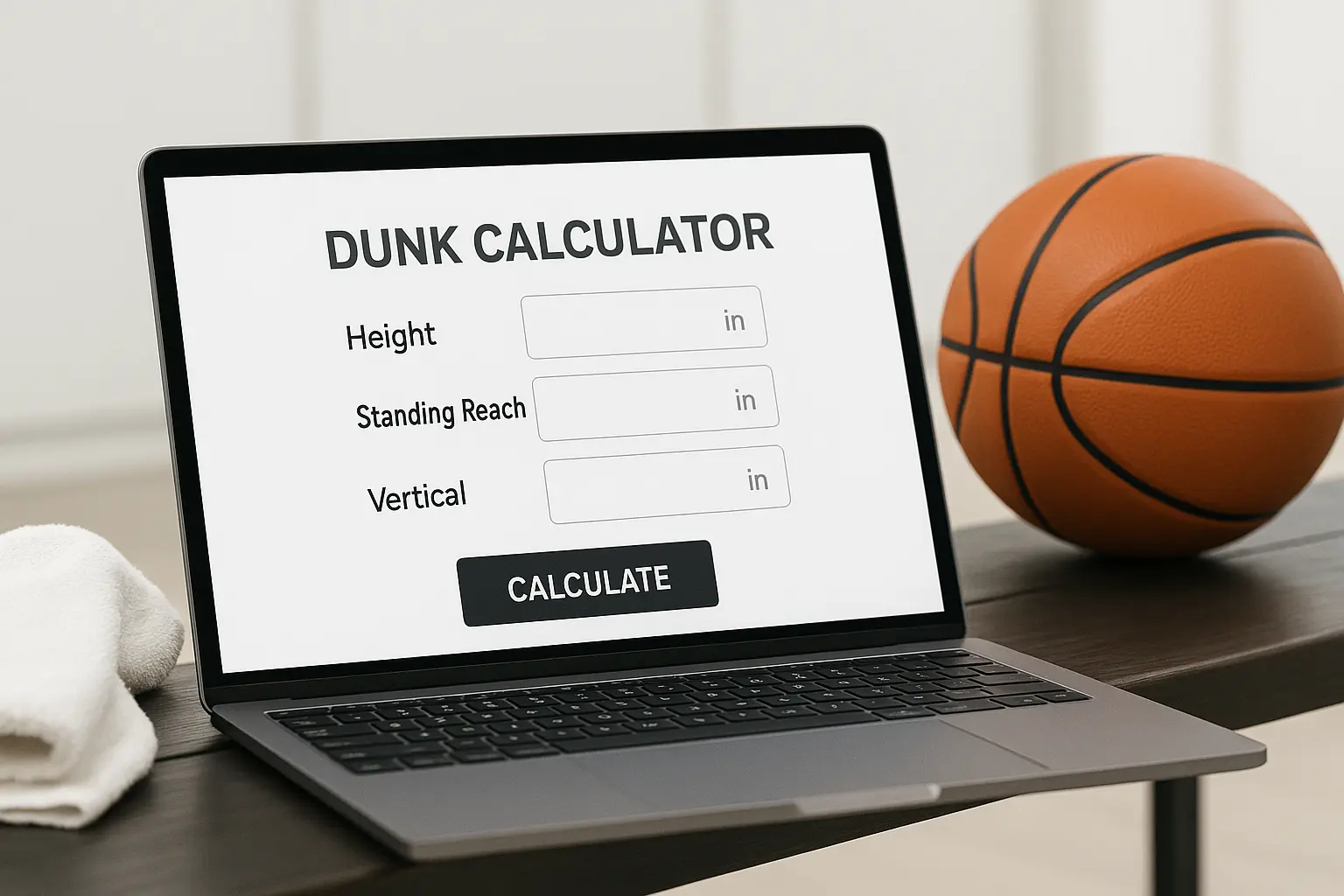
Real-World Success Stories
Marcus, Seventeen Years Old, Five-Ten Guard
When Marcus started, his vertical was a modest twenty-three inches, leaving him a painful seven inches short of the rim according to the calculator. He committed to a three-day plan that paired heavy split squats with reactive box jumps and finished each workout with focused ankle-stiffness drills. Every other Friday he re-entered his numbers, watching the required inches drop from seven to five, then to two. In week ten he logged a thirty-inch running vertical enough clearance for his first game-day slam, causing the gym to erupt in disbelief.
Jamal, Twenty-Four, Six-Two Wing
Jamal believed he’d plateaued at twenty-eight inches. The dunk calculator showed he actually needed only three more inches to dunk with authority. By replacing high-volume lifting with contrast training heavy trap-bar pulls followed by medicine-ball throws he coaxed fresh neural firing from his legs. Four weeks later he soared to thirty-one inches. The next local league match saw him cuff a one-hand dunk on a breakaway, finally proving to himself that age and genetics were not the ceiling he once feared.
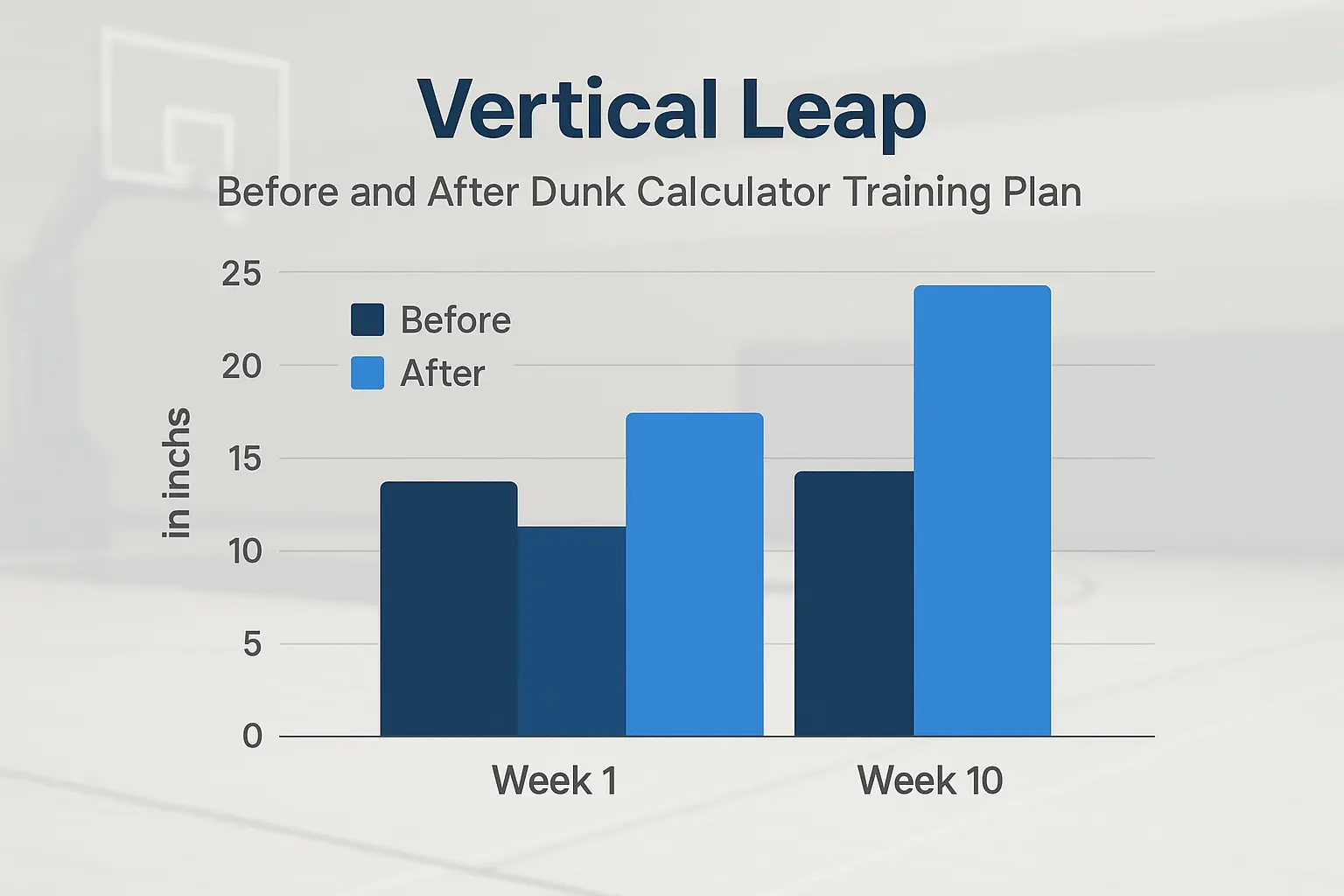
FAQs About Dunking & Calculators
Can I dunk at five nine
Yes. You need a standing reach near seven feet four inches and at least a thirty-five-inch vertical. The calculator reveals your exact target so you can stop guessing.
Does weight affect vertical jump results
Absolutely. Power-to-weight ratio drives lift-off. Losing five pounds of non-functional mass can add about an inch, while gaining lean muscle without extra fat offers a similar boost. Research from PubMed’s vertical jump study confirms this relationship between mass, force, and jump height.
How often should I check my dunk progress
Test every fourteen days. More frequent testing produces noisy data, while longer gaps risk missing plateaus.
Final Thoughts: Use a Dunk Calculator to Reach Your Goals
Great jumpers are measured, monitored, and nudged upward through smart training. A dunk calculator is the ultimate measuring stick honest yet helpful. It anchored my journey from rim grazer to rim shaker, and it can guide yours just as clearly. Ready to rise? Fire up our free dunk calculator, enter your data, and start closing the inches between you and the iron. For deeper analytics, the basketball performance calculator benchmarks sprint speed, agility, and symmetry to round out your athletic profile.
